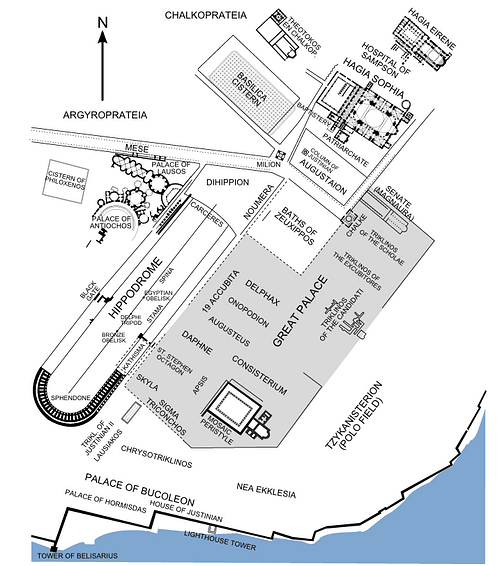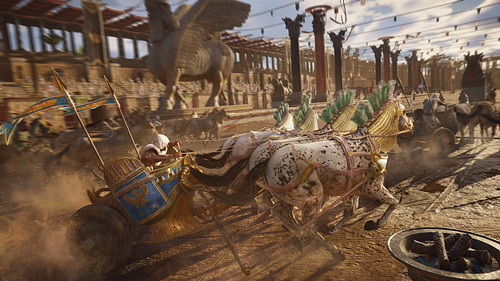Hello ladies and gents this is the Viking telling you that today we are talking about
The Hippodrome of Constantinople
The Hippodrome of Constantinople was an arena used for chariot racing throughout the Byzantine period. First built during the reign of Roman emperor Septimius Severus in the early 3rd century CE, the structure was made more grandiose by emperor Constantine I in the 4th century CE.
The Hippodrome was also used for other public events such as parades, public executions and the public shaming of enemies of the emperor. Following the Fourth Crusade in the early 13th century CE, the Hippodrome fell out of use and its spectacular monuments and artworks were looted.
Many important Roman cities had an arena which, like the Circus Maximus of Rome, hosted thrilling chariot races for public entertainment. Byzantium (which would become Constantinople) was no exception, and Emperor Septimius Severus (r. 193-211 CE) funded the building of one there in the 3rd century CE.
Constantine I (r. 306-337 CE) understood that the Hippodrome provided an unrivalled opportunity to show the people the emperor's power, wealth, and generosity in lavish public entertainments that went on for days at a time, often coinciding with public holidays.

Consequently, he not only refurbished and extended the old circus when he switched the empire's capital from Rome but he made sure to hand out cash and clothes to the crowd at his first race event. Located in the heart of the city right next to the Great Palace, which was the imperial residence, Constantine ensured there was even a connecting stairway between the two buildings to provide a physical link between the emperor and his well-entertained people.
THE CHARIOT RACES - RANGING FROM 8 TO 25 OVER A PARTICULAR GAMES - WERE HUGELY POPULAR WITH THE MASSES & THE CHARIOTEERS WERE ACCLAIMED AS HEROES.
The Hippodrome was the typical long rectangular shape with a curved end seen elsewhere in the Roman Empire. It was around 400 metres (1300 feet) in length and up to 200 metres wide. One lap of the track would have measured around 300 metres (1000 feet).
Historians cannot agree on the seating capacity, and estimates range from 30,000 to over 60,000 people. VIPs had marble seats in the front rows while everyone else made do with wooden benches, although cushions could be hired from hawkers. The seating tiers rose 12 metres (40 feet) high above the track and were separated from it by a moat.
The monumental entrance gate, the Carceres, was topped by a gilded bronze chariot group. In 1204 CE, during the Fourth Crusade when Constantinople was sacked, the four horses from this sculpture were looted. They are probably those which were taken to Venice, where they still reside today, in the Cathedral of St Mark.
The chariots had to race around a central island or spina seven times. The spina was a veritable museum of miscellaneous art clutter looted from across the empire with monumental sculptures of early Roman emperors and figures associated with victory such as eagles and the Greek hero Hercules.
The central island was further embellished with a number of obelisks, including a false one made of individual blocks but entirely covered in bronze sheeting, and several columns, including the famous bronze Serpent Column of the Plataian tripod, a 5th-century BCE dedication looted from the sacred sanctuary of Apollo at Delphi.
The column is formed from the entwined bodies of three snakes and was once 8 metres tall; the lower portion of it still stands today in Istanbul. The more celebrated charioteers had their own monuments here, too, such as the early 6th-century CE racer Porphyrius whose marble statue base still survives.
and as always have a chilled day from the Viking

Comments
Post a Comment